An ancient pyramid in Mexico has collapsed, raising fears that this event might be a portent of significant changes to come.
The structure, located in the Ihuatzio Archaeological Zone in Michoacán, is one of two pyramid bases from the Purépecha civilization.
This civilization thrived from approximately 900 to 1200 CE.
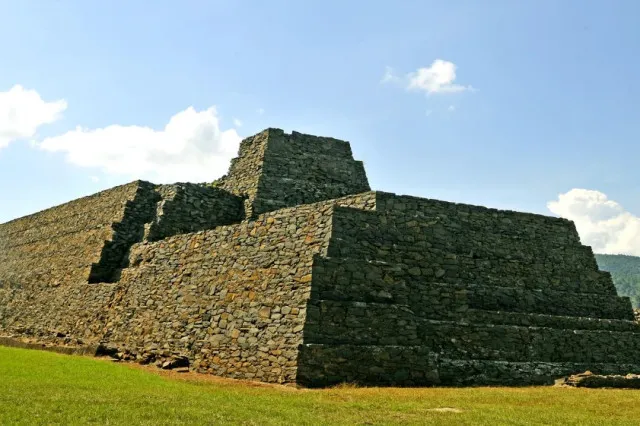
Pyramid collapse in Mexico
On July 29, 2024, a severe weather event led to substantial damage to one of these historical pyramids.
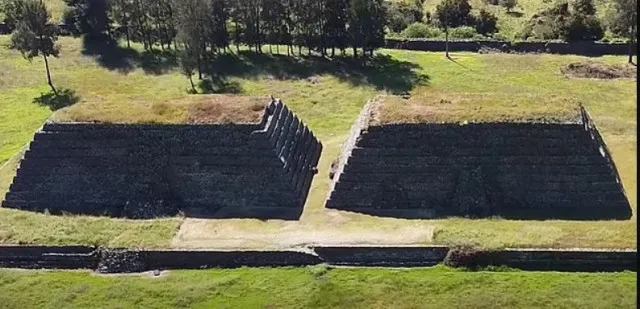
The collapse occurred on the southern facade of the pyramid’s central section. This was due to prolonged heavy rains followed by drought conditions, which weakened the structure.
The National Institute of Anthropology and History (INAH) confirmed the damage and attributed it to climate change.
The reason for the pyramid’s collapse is the impact on the site
The INAH’s statement highlighted that the combination of high temperatures and drought had caused cracks in the pyramid.
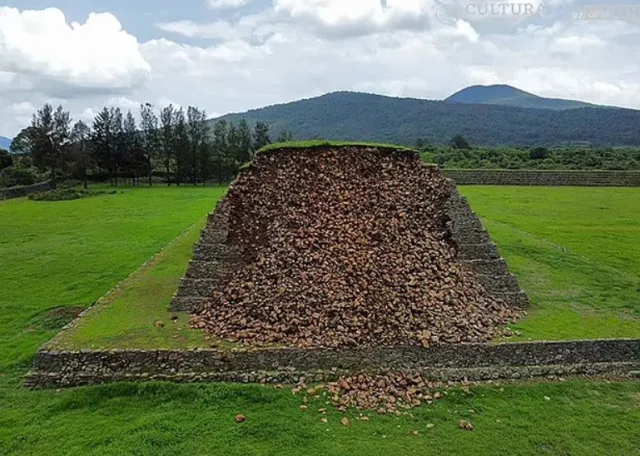
These cracks allowed water to seep in and further erode the ancient building.
Conservation teams are now assessing the extent of the damage. They are focused on securing and repairing the affected ‘South Base’ structure.
The report noted that prior restoration efforts had worsened the current state of disrepair. It also mentioned that the region’s drought history contributed to the problem.
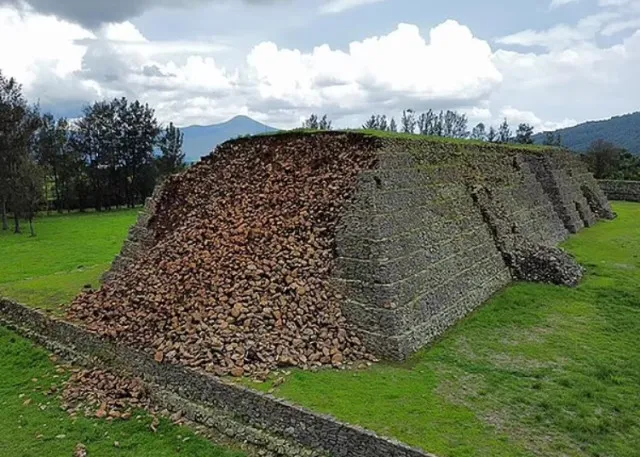
Impact of the pyramid collapse on community reaction
The collapse of this ancient structure has deeply affected the local Purépecha community.
Tariakuiri Alvarez, a local resident, expressed concerns on Facebook, interpreting the event as a ‘bad omen.’
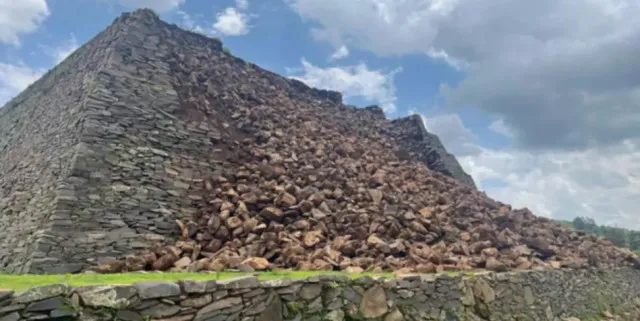
He referenced historical precedents where similar occurrences were seen as signs of forthcoming significant events. He drew parallels with local legends from before the Spanish conquest.
As restoration work continues, the focus remains on both recovering the damaged sections and reinforcing the overall structure.
This incident underscores the vulnerability of ancient sites to climate-related issues. It also reveals the ongoing challenges in preserving historical heritage.
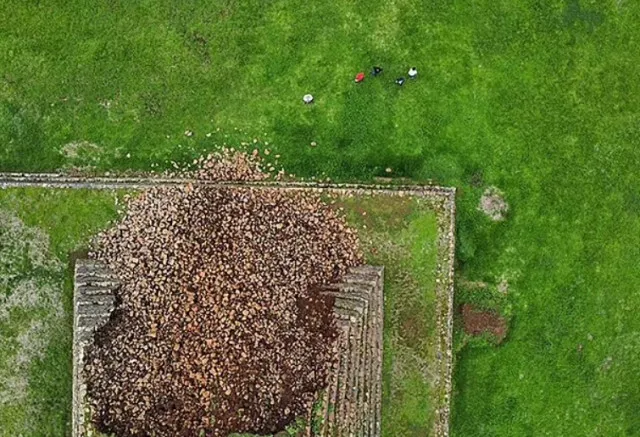
The collapse of the pyramid has emphasized the impact of environmental factors on cultural heritage.
It has also sparked broader discussions about the potential implications of such events. These discussions focus on the future of ancient landmarks.